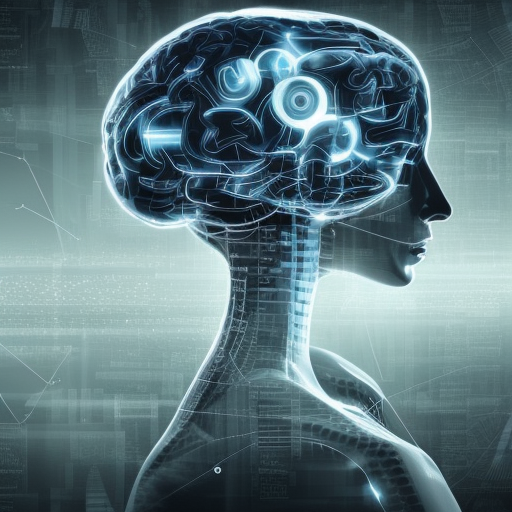
This device must read and/or write directly to the brain and require no surgery. This device must be used by general consumers not for the primary purpose of treating or monitoring a health condition.
This can include any combination of the following technologies (or any other non-invasive BCI technology):
EEG (electroencephalography)
fNIRS (functional near infrared spectroscopy)
MEG (magnetoencephalography)
Functional ultrasound imaging
tES (transcranial electrical stimulation)
tUS (transcranial ultrasound stimulation)
tMS (transcranial magnetic stimulation/
tPBM (transcranial photobiomodulation).
Technologies that include a combination of pharmaceuticals and stimulation, such as optogenetics do not count. Brain computer interfaces that interface with the brain via the eye, motor neurons, spine or other matter outside of the skull does not count for this prediction market. This question is specifically about such a technology being used by general consumers. As a few application examples this could include interfacing with other consumer electronic devices, cognitive enhancement, general health monitoring etc. This device could be included as part of another device, such as a VR headset with sensors / stimulators on the headset.